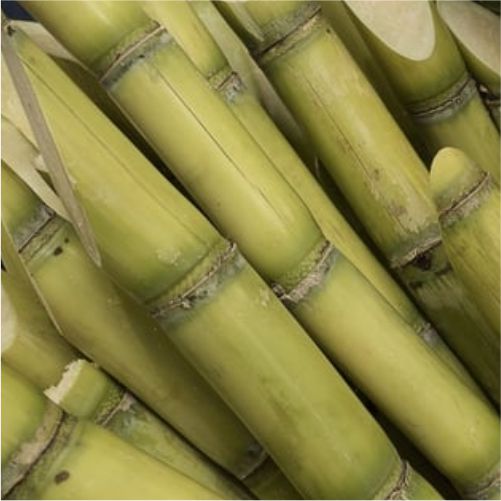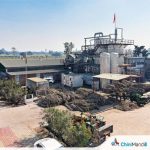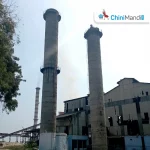The pricing policies for sugarcane have undergone significant changes over the years. Initially, the Sugarcane Control Order of 1966 mandated the payment of the statutory minimum price (SMP) within fourteen days of crushing, but this was often lower than the initial payment made by factories.
In 1985, the State Government formed a Ministerial Committee to determine the State Advisory Sugarcane Rate. This committee divided sugarcane rates division-wise at the start of the season and considered various factors, including average sugar recovery, to determine the sugarcane rates. At the end of the season, it factored in sugar stock, loans, production costs, and bank feasibility to authorize subsequent instalment payments to the Commissioner of Sugar.
The final cane price was computed by dividing the surplus (total net income minus total expenses), which aligned with the instalment-based payment approach per the policy decided by the Ministerial Committee.
In 2009, the Fair and remunerative Price (FRP) was introduced, which integrated input costs and farmer profits. Initially, sugar mills paid rates higher than the SMP, with the state declaring the first instalment even higher. However, with the shift to FRP, the SMP surged by 60% over FRP in the initial year, surpassing sugar price hikes.
The disparity between sugarcane prices, processing costs, and actual income posed challenges for factories to pay the FRP in a lump sum. Simultaneously, unions advocated for factories to pay throughout the year, aligning with farmers’ year-long efforts in cultivating sugarcane.
Considering the hurdles in providing lump sum FRP and the central government order to grant states the authority to declare final FRP based on sugar recovery since October 22, 2020, the Maharashtra government established a committee chaired by the sugar commissioner in April 2021. This committee, inclusive of various representatives, submitted its report to the government in September 2021.
Previously, rates were determined based on the current year’s sugarcane recovery and the previous year’s harvesting and transportation costs. Based on the committee’s recommendation, the government decided on February 21, 2022, to calculate sugarcane rates considering sugar recovery and harvesting & transport costs for the same year.
As per this policy, the initial instalment should cover at least 80% of the total FRP, with the remaining sum due within 15 days post-season. However, the state government faced controversy over the FRP formula, primarily concerning the basis of sugarcane recovery that finalizes at the season’s close.
The central government introduced substantial ethanol production incentives, resulting in a surge of ethanol-producing factories in Maharashtra. Given that sugarcane rates hinge on sugar recovery, the Vasantdada Sugar Institute was tasked with determining the sugar diversion for ethanol production, delaying the finalization of sugar recovery and consequently, the final sugarcane instalment.
On December 26, the state government issued an order outlining the payment policy for the 2023-24 sugarcane season, following a similar formula. For Pune and Nashik revenue departments, with a base of 10.25%, the FRP amounted to Rs 3150 per tonne. An additional one per cent, with Rs. 750 deducted for harvesting and transportation costs, constituted the initial payment to farmers. Post-season, the second final instalment would be paid after calculations.
Different sugar recovery percentages were established for factories in various divisions, while the Maharashtra State Co-operative Bank fixed the valuation rate for sugar pledges at Rs.3,100/- per quintal. The maximum amount available on sugar produced for the 2023-24 season stood at Rs.2,790/- per quintal after a 10% deduction as a margin on the stock value. However, factories encountered challenges in providing the maximum advance amount for the sugarcane bill. Moreover, the central government’s ban on using sugarcane for ethanol production caused financial turmoil for several sugar mills.
There was a disagreement between farmers and factory owners in the Kolhapur region due to some circumstances. Farmers were questioning why factories held back bill payments until the end of the season, despite the minimal differences in monetary terms. As a result, the Swabhimani Shektari Sangathana objected to the state government’s order in the High Court, claiming its support for sugar mills. Even before the order’s implementation, factories in the Kolhapur-Sangli region paid Rs.100 per ton higher than the FRP due to faster market movements in that area.
Disclaimer: The views and opinions expressed in the article by Dilip Patil, Managing Director of Samarth SSK Ltd., are solely his own.












